
Wireless Microphone Export Certification
Wireless microphones, as products involving wireless communication, typically need to meet specific certification requirements when exported to different countries. These certifications aim to ensure that the product complies with the destination country’s regulations and technical standards related to electromagnetic compatibility (EMC), radio frequency performance, electrical safety, and other factors. Below is the export certification guide for wireless microphones for several major markets:
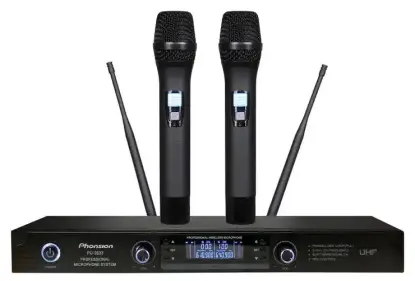
Japan Market - telec certification
For wireless microphones planned for export to the Japanese market, manufacturers must obtain TELEC certification. TELEC certification is a mandatory certification system issued by the Japanese government’s telecommunications equipment certification agency. Applicants need to prepare detailed and accurate application materials, including but not limited to product manuals, technical specifications, circuit diagrams, layout diagrams, parts lists, and supplier information, and submit them to the TELEC certification agency for review. Subsequently, the certification agency will conduct official testing of the samples, covering electromagnetic compatibility tests, radio performance tests, and safety performance tests. Once the sample testing and document review are passed, the Ministry of Internal Affairs and Communications (MIC) will issue the TELEC certification, allowing the product to be legally sold in the Japanese market.
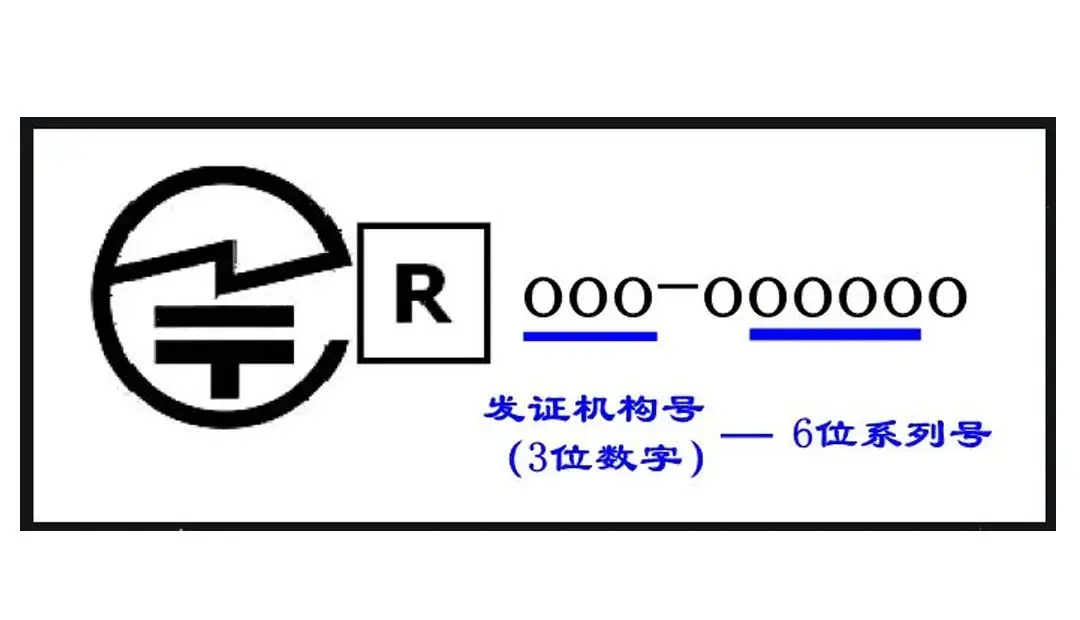
European Union Market - CE-RED Certification
For wireless microphones to enter the European Union market, they must obtain CE-RED (Radio Equipment Directive) certification. This is an important regulatory requirement for radio equipment in the European market, aimed at regulating the spectrum usage range and improving its effectiveness. The CE-RED certification process includes consulting on certification details, filling out the application form, providing product information, having the product tested by a certification laboratory, issuing a test report, and issuing the CE certificate. Specifically, manufacturers need to prepare documents such as the user manual, circuit schematic, block diagram, PCB layout, component list (BOM list), labels, antenna specifications, etc., and ensure that the product complies with applicable standards such as EN 301 489 series and EN 300 422.
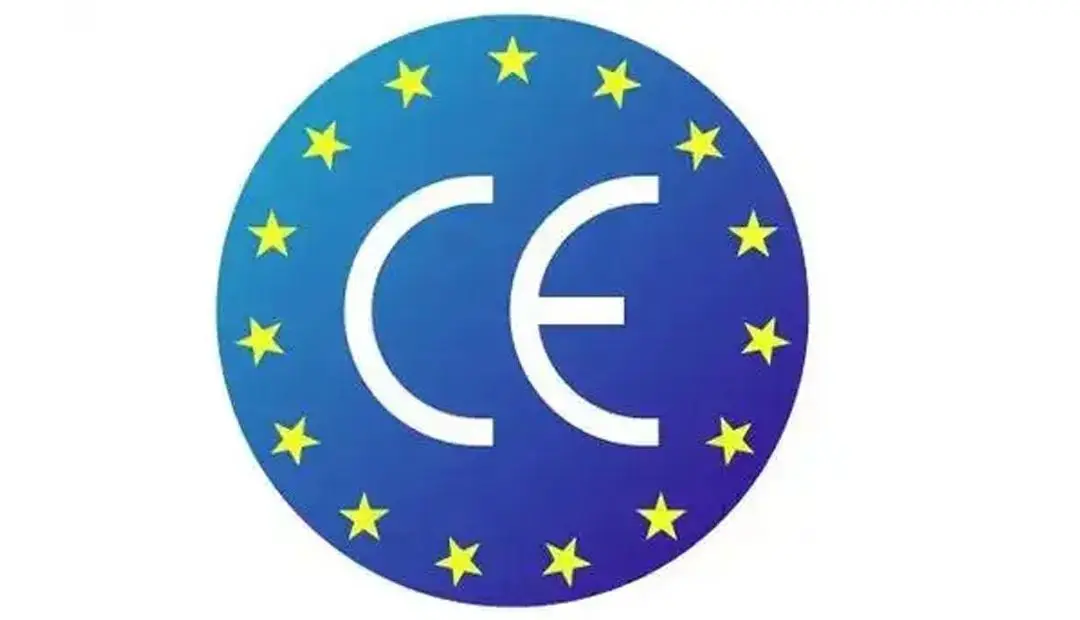
U.S. Market - FCC Certification
Wireless microphones sold in the United States must also comply with the regulations set by the FCC (Federal Communications Commission). The product must meet FCC standards related to RF radiation, frequency range, electromagnetic compatibility, and other requirements. Manufacturers can choose an authorized third-party laboratory to conduct the necessary tests and ensure that the product obtains FCC ID certification. Additionally, there are specific operational restrictions for certain frequency bands, such as new regulations for the 700 MHz band, which may affect the compliance of some wireless microphone products.
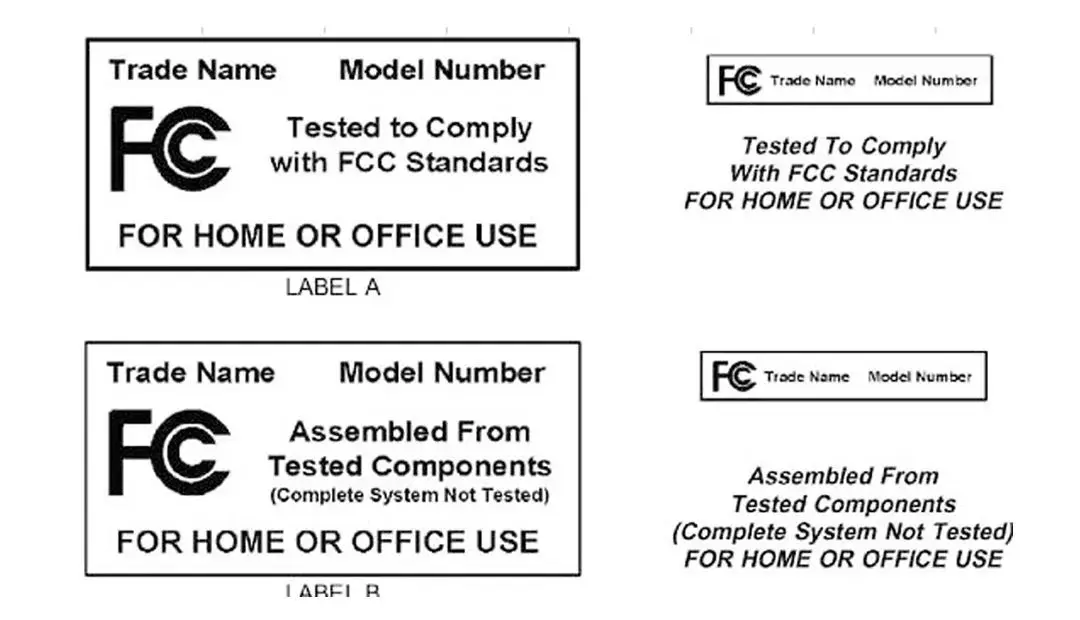
China Market - srrc certification
When a wireless microphone intends to be sold or used in China, it must obtain SRRC (State Radio Regulation Committee) certification. This is a mandatory radio model certification required by China’s Ministry of Information Industry, applicable to all radio components circulating within China. Manufacturers must submit complete technical documentation to the relevant authorities and complete the necessary testing through designated laboratories to obtain certification.
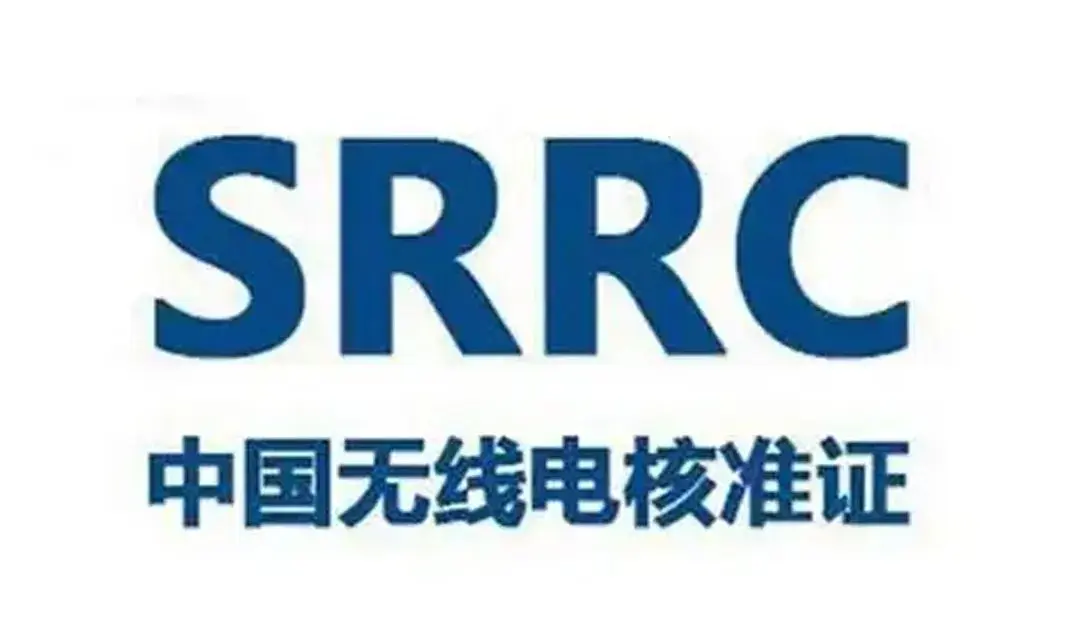
In conclusion, to successfully export a wireless microphone to any of the above markets, manufacturers should thoroughly understand the specific certification requirements of the target market and prepare the required documents and technical information according to the corresponding procedures. Choosing the right certification partner is also crucial as they can provide professional guidance and support, helping to expedite the certification process and reduce potential risks. At the same time, staying updated with local regulations is key to ensuring continuous product compliance. For example, when preparing materials, ensure that the provided technical documents are up-to-date and fully demonstrate the product's features and functions to smoothly pass the various stages of review.
Please note that as the laws and regulations in each country change, specific certification requirements may also be adjusted. Therefore, in practice, it is recommended to closely monitor the latest official announcements and consult with professional certification advisors to ensure that your product always complies with the latest market entry conditions. The China JJR laboratory testing facility operates 24/7.
Email:hello@jjrlab.com
Write your message here and send it to us
 Wireless Microphone Export Certification
Wireless Microphone Export Certification
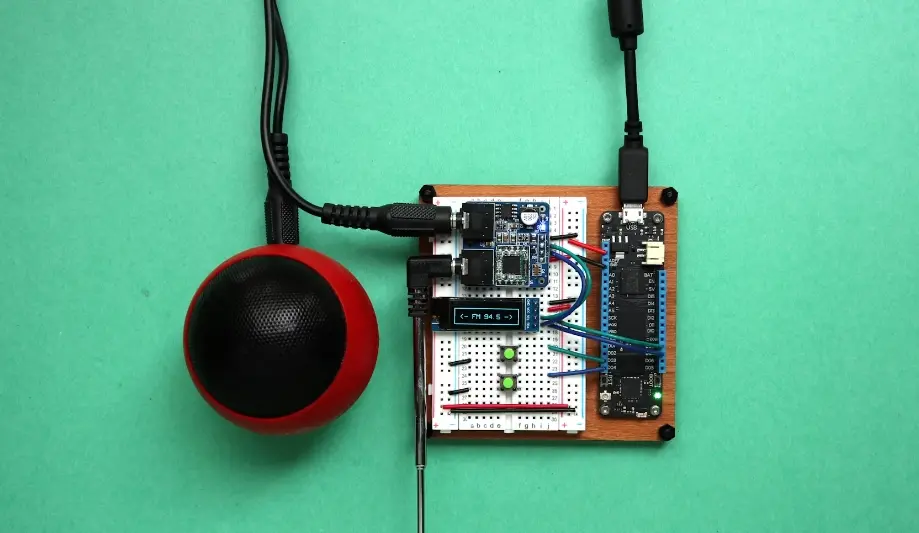 Audio-Visual Products SNI Certification in Indones
Audio-Visual Products SNI Certification in Indones
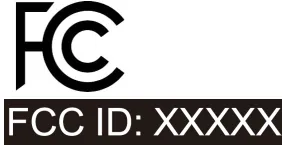 FCC-ID: Still Needed if Module is Certified?
FCC-ID: Still Needed if Module is Certified?
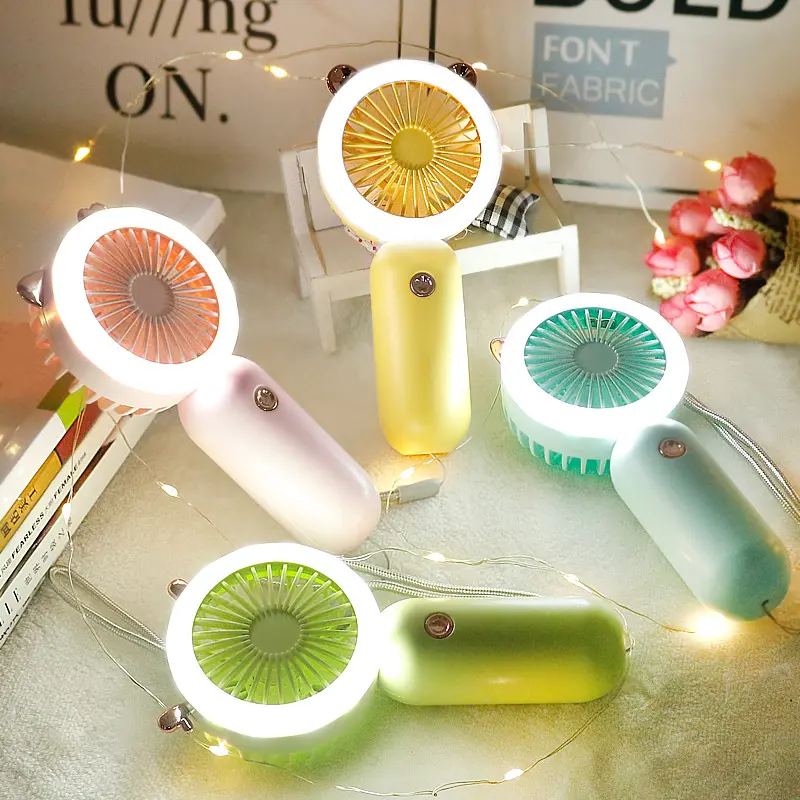 FCC Certification Fees for Handheld Fans
FCC Certification Fees for Handheld Fans
 FCC Certification Testing for Smart Lighting Produ
FCC Certification Testing for Smart Lighting Produ
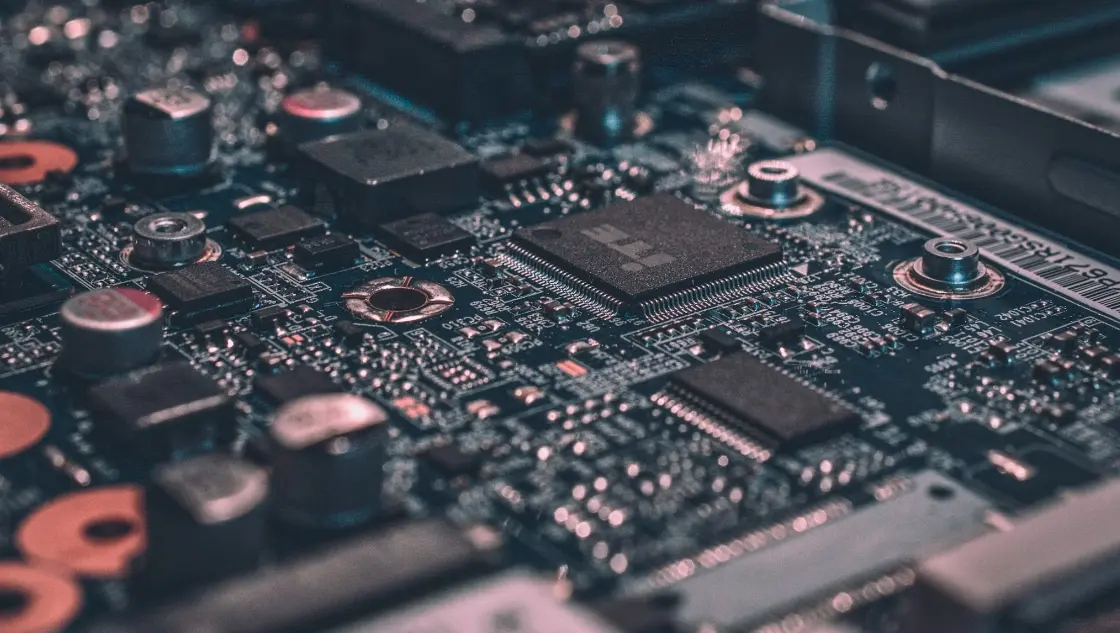 What is the ETSI EN 303 645 Testing Standard?
What is the ETSI EN 303 645 Testing Standard?
 UL Compliance and ETL Certification for LED Lighti
UL Compliance and ETL Certification for LED Lighti
 What is the IEC 60598 Standard?
What is the IEC 60598 Standard?
Leave us a message
24-hour online customer service at any time to respond, so that you worry!




